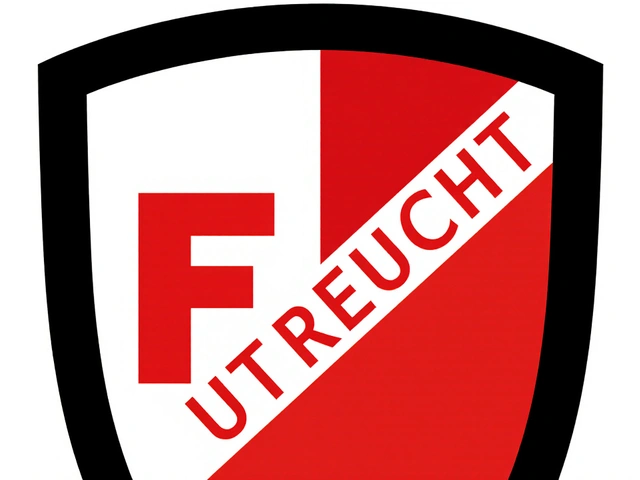Denmark’s Urban Farming Wins – What Africa Can Learn
Denmark may be a small country, but its cities are buzzing with food grown right on rooftops, balconies, and vacant lots. If you’ve ever wondered how a European nation turns concrete into soil, you’re in the right place. The ideas here work on a tight budget, need little space, and can be copied in African towns that are looking for fresh, local produce.
What makes Denmark special isn’t just the number of farms per capita – it’s the way cities treat food as part of everyday life. From Copenhagen’s “Food for the City” program to community gardens in Aarhus, the Danish model blends policy, tech, and people power. Let’s break down the key ingredients so you can see how they fit into African urban settings.
Why Denmark Leads in City Agriculture
First, the government backs urban farming with clear rules and incentives. Grants cover starter kits, and zoning laws actually allow people to use rooftops for crops. That means a coffee shop can host a herb garden without fighting the city council.
Second, Danes love simple tech. Low‑cost hydroponic trays, rain‑water collection barrels, and modular grow boxes keep the set‑up easy to manage. A single family can grow lettuce, herbs, or peppers in a closet, and the system uses up to 90% less water than field farming.
Third, community is at the heart of every project. Neighborhood groups share tools, swap seeds, and hold workshops. This social angle creates a sense of ownership and keeps the gardens alive year after year.
Applying Danish Ideas in African Cities
Start small. Pick a public building with a flat roof – a school, clinic, or market stall – and install a few grow boxes. Use reclaimed materials like old pallets or plastic bottles to keep costs down. The goal is to prove the concept before scaling up.
Partner with local NGOs or municipal offices. In many African cities, ministries are already looking for green solutions to food insecurity. A joint plan can secure funding and simplify permits, just like in Denmark.
Teach the basics. Organise short, hands‑on workshops that cover seed planting, compost making, and simple pest control. When residents see they can grow beans or kale in a tiny space, excitement spreads quickly.
Match crops to climate. While Denmark focuses on cool‑weather greens, African gardeners can swap in heat‑tolerant varieties like amaranth, okra, or African nightshades. The same hydroponic trays work for both, just adjust watering schedules.
Measure success. Keep track of yields, water saved, and how many people get involved. Numbers help convince sponsors and policymakers that the model works.
Finally, celebrate wins. Host a harvest feast, post photos on community boards, or sell surplus at a local market. Recognition turns a garden into a neighborhood hub, just like the Danish examples you’ve seen.
Denmark shows that city farming isn’t a fancy add‑on – it’s a practical way to feed people, cut food miles, and build stronger neighborhoods. By borrowing the simple tricks, the community spirit, and the policy support that work in Copenhagen, African cities can grow fresh food right where it’s needed most. Ready to turn your rooftop into a mini‑farm? The Danish playbook is waiting.






